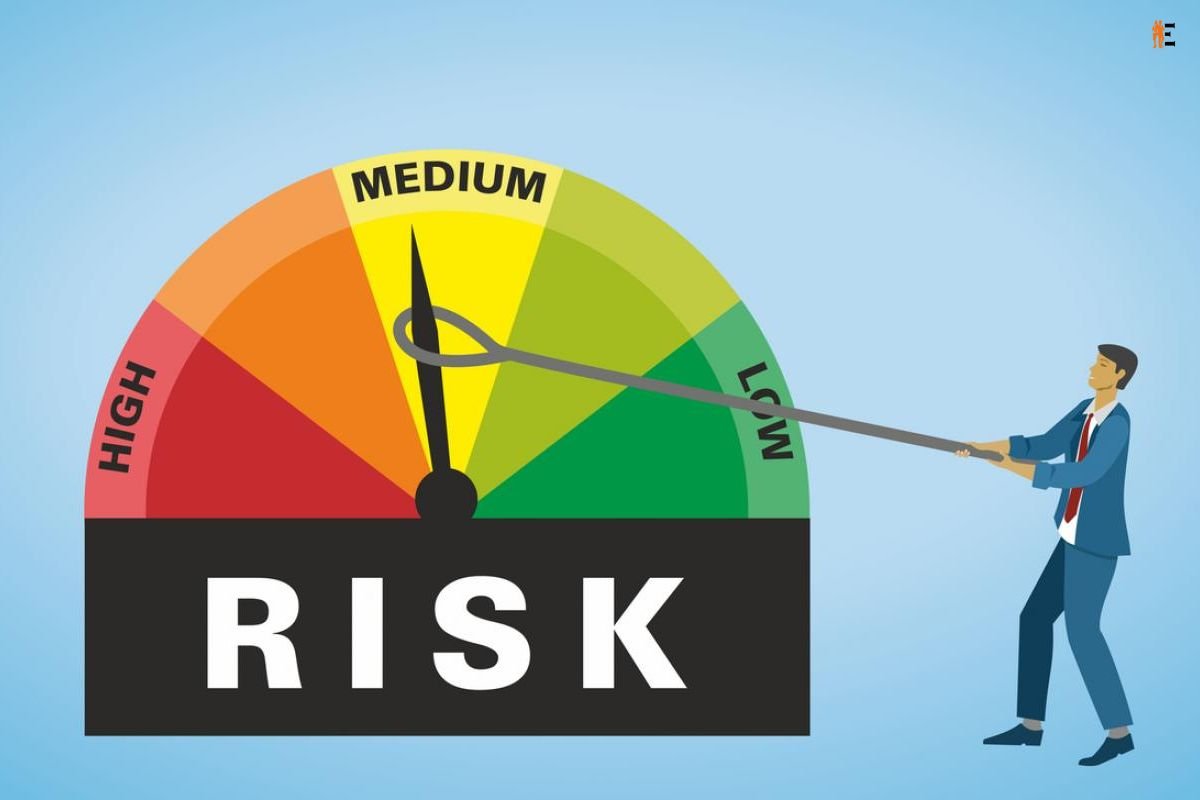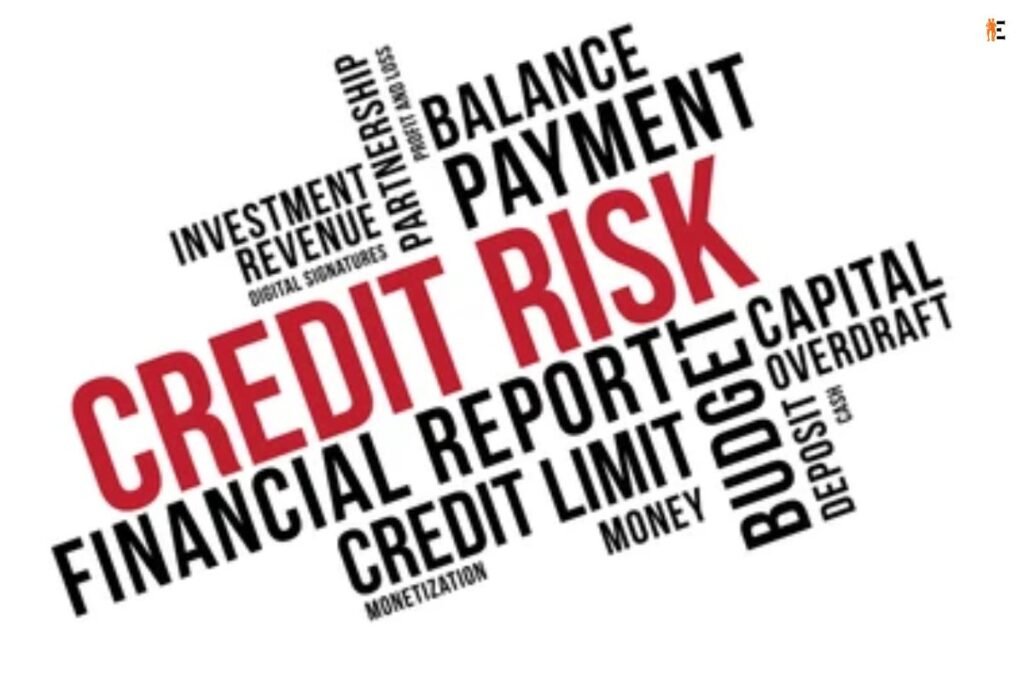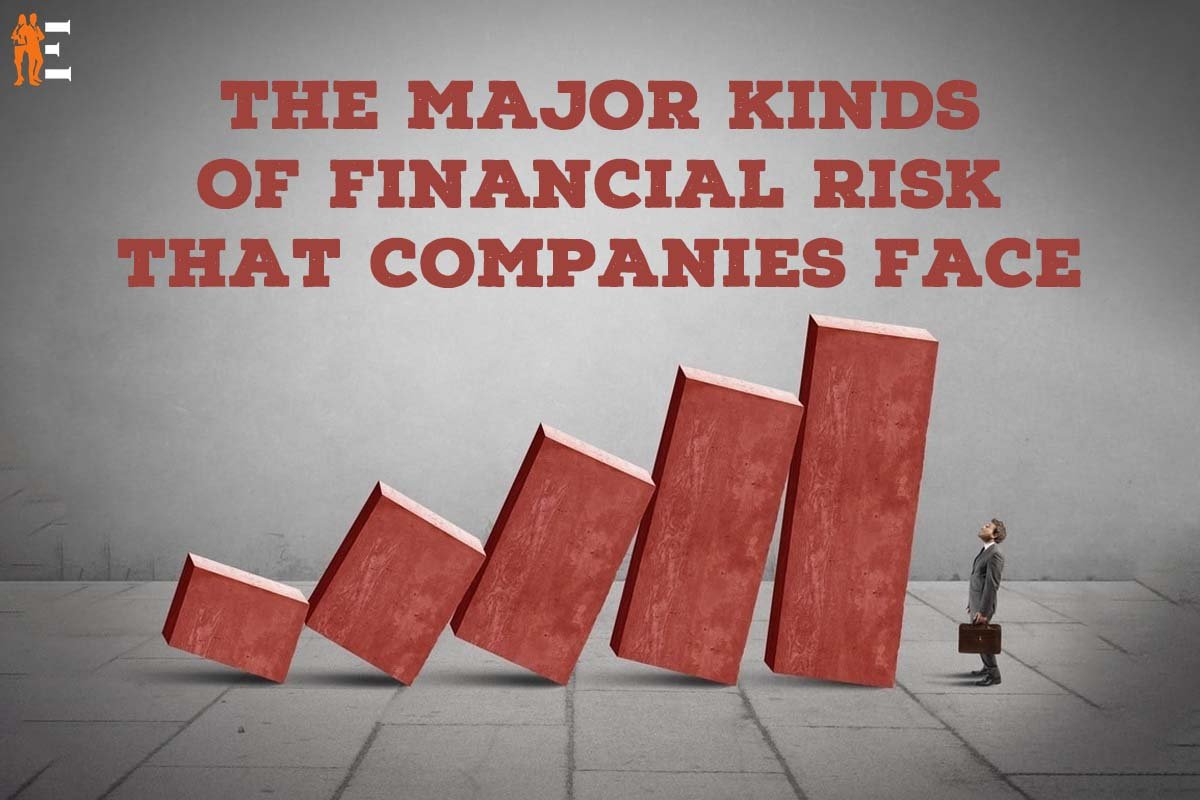All endeavor involving money has some degree of inherent risk, and the successful operation of a firm relies heavily on effective risk management practices. The management of a firm has varied degrees of influence over the risks that the organization faces. Major kinds of financial risk are amenable to direct management, while others are entirely beyond the control of the management of the organization. The best that a firm can do in some situations is to attempt to foresee prospective risks, evaluate the potential effect on the company’s operations, and be prepared with a plan to respond to unfavorable circumstances.
There are numerous different ways in which the major kinds of financial risk of a corporation may be categorized. This may be accomplished in a number of ways, one of which is by classifying major kinds of financial risk into the following four major categories: market risk, credit risk, liquidity risk, and operational risk.
Here are The major kinds of financial risk that companies face;
1. Market Risk
Market risk refers to the possibility that circumstances in the market in which a firm competes for customers and clients might become unstable and adverse. One kind of market risk is represented by the growing trend among customers to do their shopping online. Traditional retail enterprises have been confronted with substantial difficulties as a result of this facet of market risk. It is one of the critical financial in major kinds of financial risk.

Companies that have been able to successfully make the necessary adjustments to serve an online shopping public have flourished and seen substantial revenue growth, while companies that have been slow to adapt or that have made poor choices in their reaction to the changing marketplace have fallen by the wayside. The ESG movement is yet another current trend.
It is increasingly expected of businesses to transition away from polluting sectors and towards cleaner ones, as well as to shift their focus from only pursuing profits to seeking profits while also doing good in their communities. Businesses that fall behind will have inadequate money, a scarcity of talent, and a low level of brand recognition.
This example pertains to yet another facet of major kinds of financial risk, which is the danger of having one’s rivals gain an advantage over them. In a global market that is becoming more competitive and is frequently characterized by shrinking profit margins, the companies that are most successful financially are those that are able to successfully offer a distinctive value proposition that distinguishes them from the competition and provides them with a robust identity in the market.
2. Credit Risk
The major kinds of financial risk that a company takes when it grants credit to a consumer is referred to as credit risk. It is also possible to refer to the risk that the firm poses to its own credit with its suppliers. When a company offers its clients financing options for their purchases, the company exposes itself to the risk that the consumer may not fulfill their obligation to make payments and hence suffers a financial loss.
A firm is required to manage its own credit commitments by ensuring that it always has adequate cash flow to pay its accounts payable bills on time. This requirement includes ensuring that the company always has sufficient cash flow. In such a case, suppliers could either cease providing the firm with credit or possibly quit doing business with the company entirely.

While major kinds of financial risk management is an essential component of properly operating a business, the management of a firm only has so much influence over the situation at any one time. In some circumstances, the most beneficial action that management can do is to foresee the occurrence of prospective hazards and to prepare for them.
3. Liquidity Risk
Asset liquidity and the liquidity of operational finance are both included in the category of liquidity risk. The relative ease with which a corporation may convert its assets into cash in the event that there is an unexpected and large need for increased cash flow is what is meant by the term “asset liquidity.” The phrase “operational funding liquidity” refers to the day-to-day flow of funds. This is one of the major kinds of financial risk.
A general or seasonal decline in sales might pose a significant threat to the firm if, all of a sudden, it discovers that it does not have sufficient cash on hand to pay the fundamental expenditures that must be paid in order for the organization to continue operating as a business. Because of this, effective management of cash flow is essential to the success of a business, and this is also why analysts and investors consider measures such as free cash flow when determining whether or not to make an equity investment in a company.
4. Operational Risk

The term “operational risks” refers to the many dangers that may be posed to a corporation as a result of its regular business operations. The area of operational risk is included litigation, the danger of fraud, difficulties with staff, and business model major kinds of financial risk. Business model risk refers to the possibility that a company’s models of marketing and development plans would turn out to be incorrect or insufficient.











